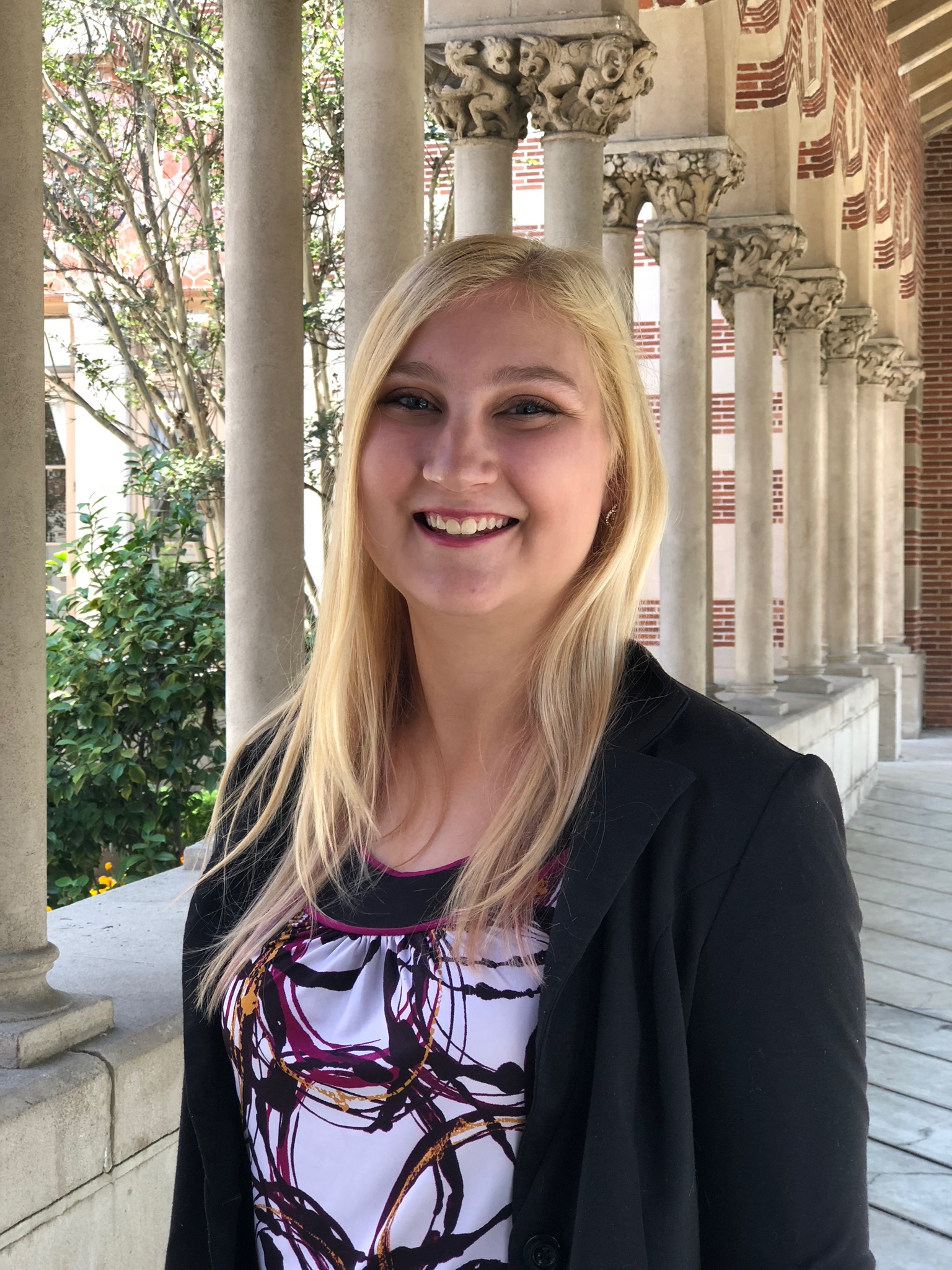Celebration of Scholars
Drop, Cover, and Hold On! Earthquake Disaster Management in LA
 Name:
Ashlee Trotter
Name:
Ashlee Trotter
Major: Geography & Earth Science and Managment
Hometown: Gladstone, MI
Faculty Sponsor: Matthew Zorn
Other Sponsors: Kurt Piepenburg, Gregory Barron, Joy Mast
Type of research: Senior thesis
Abstract
Natural disasters are an inevitable issue that every area of our world has to experience. A natural disaster is an event that causes destruction or trauma to the area in which it occurs. The specific disaster discussed in this project is earthquakes. Earthquakes not only cause loss of human life, but also the loss of infrastructure and other entities that affect everyday life. This loss is why disaster management is important. Disaster management is the ability to manage the situation at hand when it is unable to be predicted.
Hazus, FEMA’s hazard analysis software, was used for this project. This software takes census data in order to determine what the loss would be in the case of an earthquake by using information such as population and building structure. By using Hazus, scenarios were simulated and mapped out to determine how much loss would occur in Los Angeles. Through this analysis, the scenarios with the most loss were found.
Disaster management is an important part of natural disasters. If not prepared for or dealt with properly, the consequences can be costly. Management and science should work together in order to best prepare for disasters such as earthquakes. Though it is impossible to manage the event itself that occurs, doing whatever can be done to make the loss as little as possible is vital to our society.
Submit date: March 24, 2019, 10:43 p.m.
